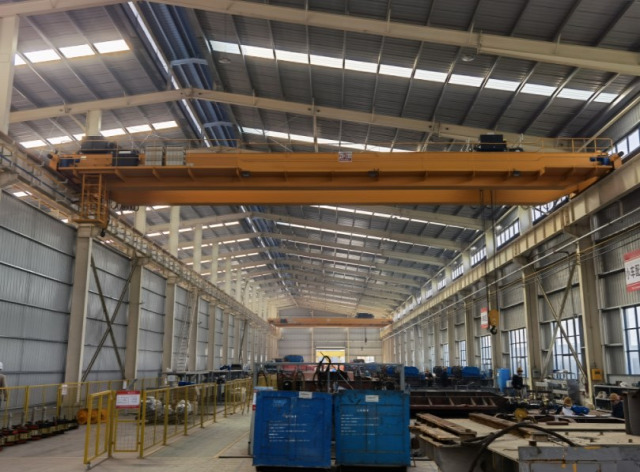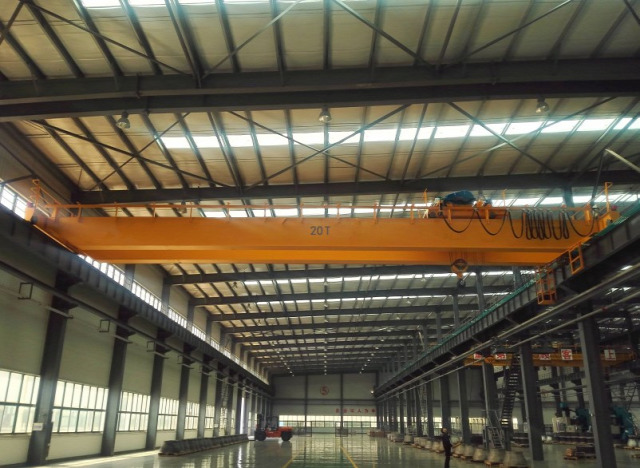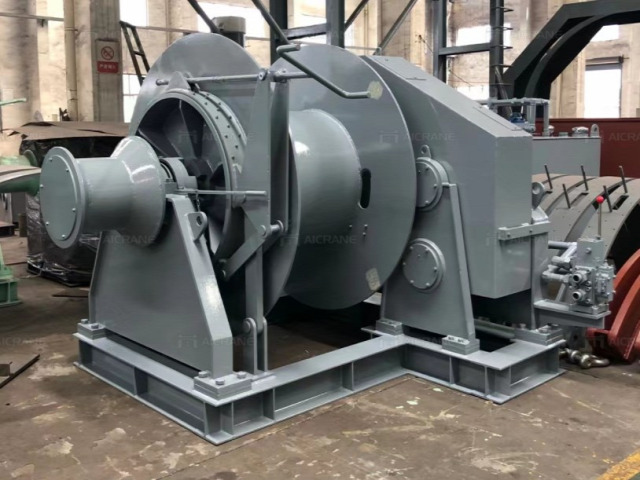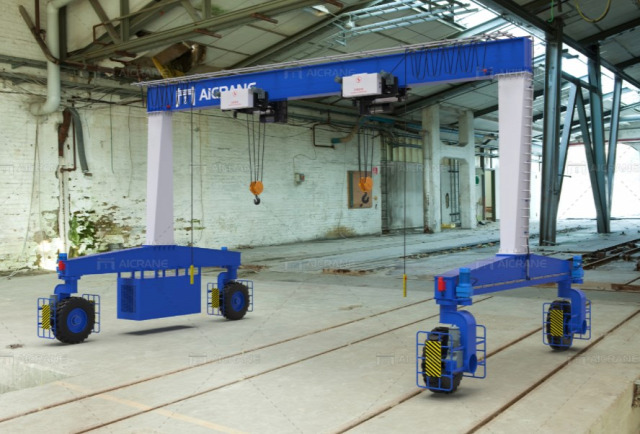In the maritime industry, towing winches are critical components used for towing and anchor handling operations. Choosing the right towing winch supplier is essential to ensure reliable and efficient performance in various marine applications. With several suppliers in the market, it is crucial to consider five key aspects before making your selection. This article explores these aspects to help you find the most suitable towing winch supplier for your maritime needs.
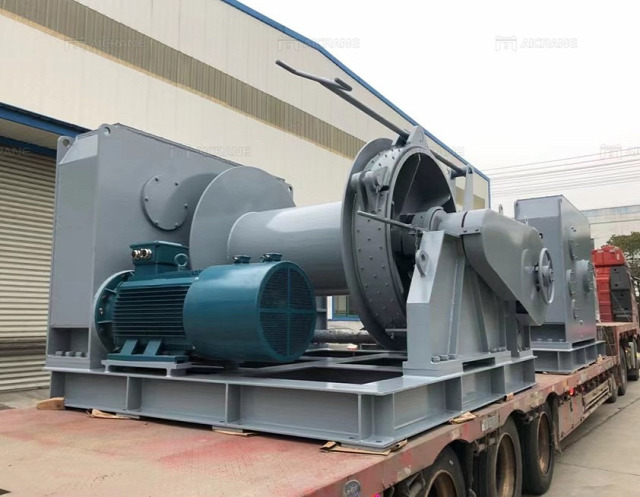
Experience and Expertise
When evaluating towing winch suppliers, the first aspect to consider is their experience and expertise in the field. Look for suppliers with a proven track record and a long-standing presence in the maritime industry. An experienced supplier is more likely to understand the specific requirements of towing winches for different vessels and operations.
Additionally, expertise in engineering and manufacturing plays a vital role in producing high-quality towing winches that meet industry standards. Suppliers with knowledgeable engineering teams can tailor winch systems to suit your vessel's specifications, ensuring seamless integration and optimal performance.
Customization and Flexibility
Every vessel and marine operation is unique, and the towing winch supplier you choose should offer a high degree of customization and flexibility. A reliable supplier will take the time to understand your specific requirements and design winches that align with your vessel's capacity and intended operations.
The ability to customize towing winches according to your needs ensures that you have a winch system that fits your vessel perfectly, enhancing safety and efficiency during towing and anchor handling tasks.
Quality and Certification
Quality is of utmost importance in any maritime equipment, and towing winches are no exception. Ensure that the supplier follows stringent quality control measures throughout the manufacturing process. Look for certifications such as ISO 9001:2015, which reflects the supplier's commitment to meeting international quality standards.
Compliance with industry regulations and certifications ensures that the towing winches are built to withstand the harsh marine environment, reducing the risk of equipment failure and increasing the winch's service life.
After-Sales Support and Service
The relationship with your towing winch supplier does not end with the purchase. Robust after-sales support and service are essential to keep your winches in optimal working condition and address any issues that may arise during usage.
Choose a supplier that offers comprehensive after-sales support, including maintenance services, spare parts availability, and technical assistance. Prompt and reliable service ensures minimal downtime and prevents potential disruptions to your marine operations.
Reputation and Customer Reviews
Researching the reputation of towing winch suppliers is crucial to gain insights into their performance and customer satisfaction. Look for customer reviews, testimonials, and case studies to understand the experiences of other maritime operators with the supplier.
A reputable supplier will have positive feedback and a history of delivering quality products and services. You can also reach out to other industry professionals or colleagues for recommendations on reliable towing winch suppliers.
Conclusion
Selecting the right towing winch supplier is a crucial decision that impacts the safety, efficiency, and productivity of your maritime operations. By considering the supplier's experience, expertise, customization options, quality and certification, after-sales support, and reputation, you can make an informed choice that aligns with your vessel's requirements and operational needs.
Take the time to research and compare different suppliers before making your decision, and prioritize suppliers who demonstrate a commitment to providing top-quality towing winches and exceptional customer service. Investing in a reliable towing winch supplier will ultimately result in a winch system that enhances the performance and reliability of your vessel's towing and anchor handling operations.


